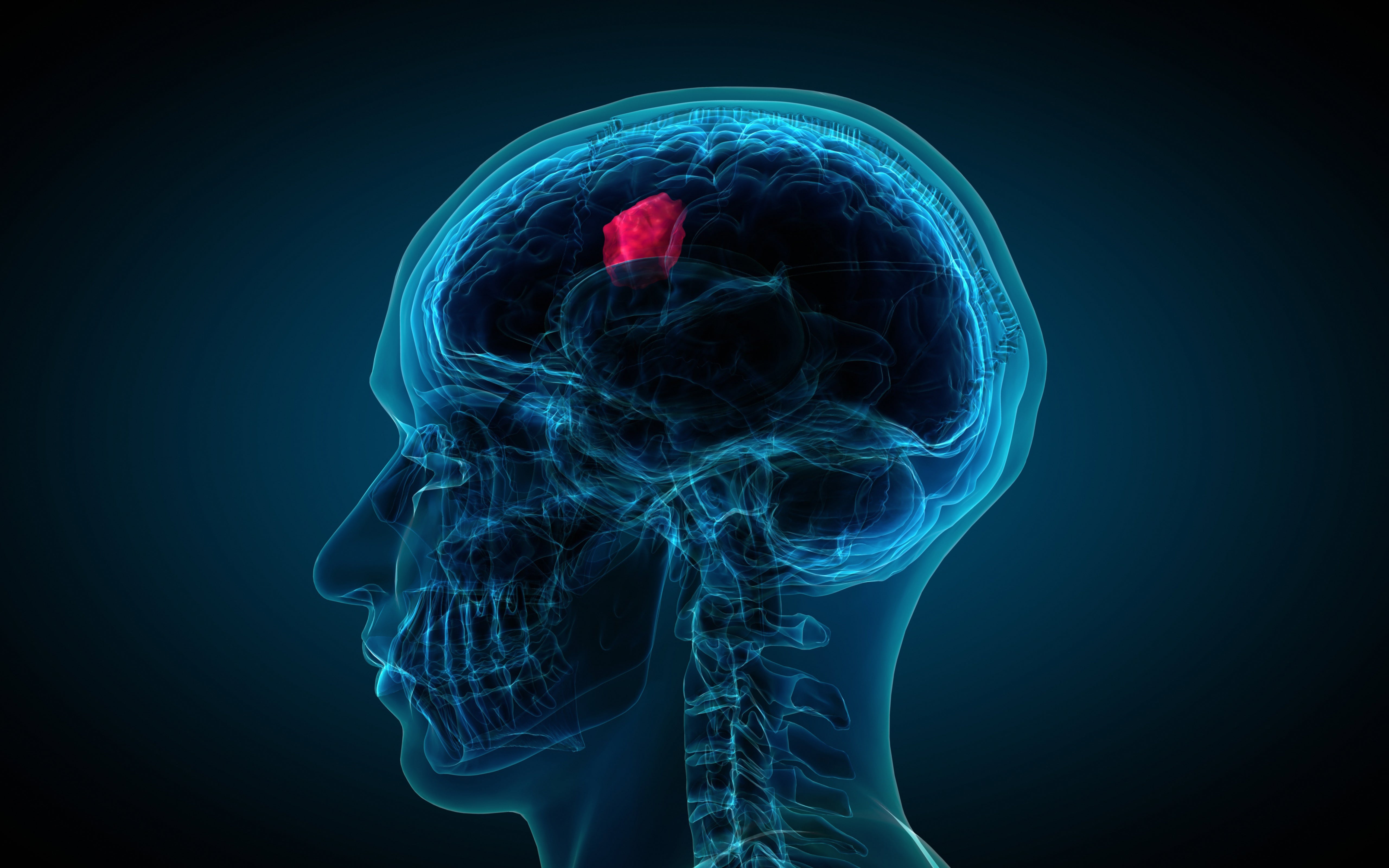How doctors could soon use AI to detect brain tumors
Artificial intelligence models are getting better at pinpointing brain tumors – and they’re using a surprising technique
Artificial intelligence models are getting better at detecting brain tumors in images from MRIs.
More than 150 types of brain tumors have been identified to date; and while not all of them are brain cancer, they can still be dangerous because of their locations. Benign brain tumors located in vital areas of the brain can be life-threatening. On rare occasions, a benign tumor can become malignant, according to John Hopkins Medicine.
Nearly 19,000 people were projected to die from brain and other nervous system cancers this year. About the same amount were estimated to die from brain and spinal cord tumors last year, according to the American Cancer Society.
Now, scientists have trained convolutional neural networks – also known as machine learning algorithms, a type of AI – to identify which MRI images showed healthy brains and which had been affected by cancer. In addition, the models could determine the area affected by cancer and what type of cancer it looked like.

They found that the AI networks scored highly at detecting normal brain images and distinguishing the difference between cancerous and healthy brains. The first could detect brain cancer with an average accuracy rate of nearly 86 percent. The second had a rate of more than 83 percent.
Researchers used public domain MRI imaging data to train the models. Their findings were published Tuesday in a new paper in the journal Biology Methods and Protocols.
To improve the networks’ abilities to detect tumors, the authors trained them in camouflage detection. They believed that there was a parallel between an animal that hides through natural camouflage – such as chameleons and walking stick insects – and a group of cancerous cells that blend in with healthy brain tissue.
They authors found that the network could generate images showing specific areas in its classification. This capability, they said, would allow doctors to cross-validate their own decisions with those from the AI.
In all cases, the networks still struggle to distinguish between types of brain cancer.
The best-performing proposed model was about 6 percent less accurate than standard human detection.

Still, the researchers said their accuracy and clarity improved as they were trained in camouflage detection and their capacity to reuse a model trained on one task for a new but related project also led to an increase in accuracy.
The news comes after a study from the University of Michigan Health that found AI could predict the genetics of cancerous brain tumors in under 90 seconds.
“Advances in AI permit more accurate detection and recognition of patterns,” the paper’s lead author, Arash Yazdanbakhsh, said in a statement. “This consequently allows for better imaging-based diagnosis aid and screening, but also necessitate more explanation for how AI accomplishes the task.”
“Aiming for AI explainability enhances communication between humans and AI in general. This is particularly important between medical professionals and AI designed for medical purposes. Clear and explainable models are better positioned to assist diagnosis, track disease progression, and monitor treatment,” he said.
Join our commenting forum
Join thought-provoking conversations, follow other Independent readers and see their replies
Comments
Bookmark popover
Removed from bookmarks